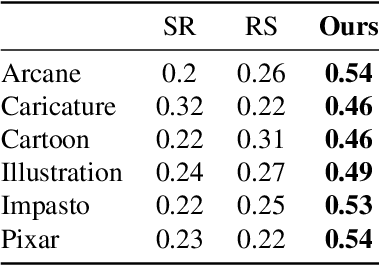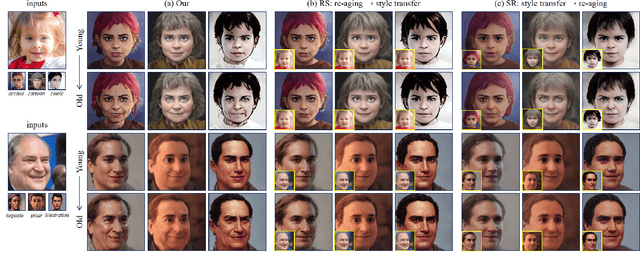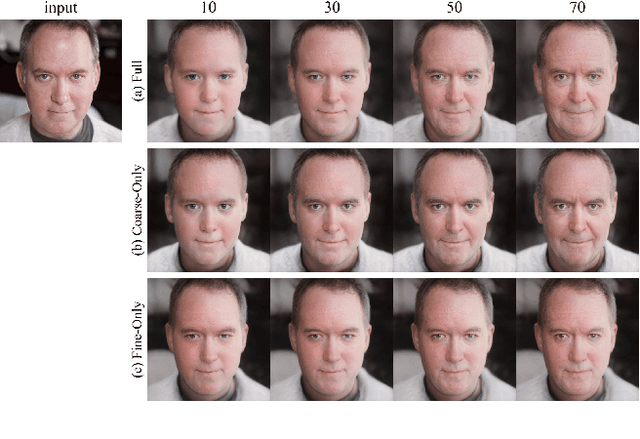Sanghyun Seo
EXAONE 4.0: Unified Large Language Models Integrating Non-reasoning and Reasoning Modes
Jul 15, 2025Abstract:This technical report introduces EXAONE 4.0, which integrates a Non-reasoning mode and a Reasoning mode to achieve both the excellent usability of EXAONE 3.5 and the advanced reasoning abilities of EXAONE Deep. To pave the way for the agentic AI era, EXAONE 4.0 incorporates essential features such as agentic tool use, and its multilingual capabilities are extended to support Spanish in addition to English and Korean. The EXAONE 4.0 model series consists of two sizes: a mid-size 32B model optimized for high performance, and a small-size 1.2B model designed for on-device applications. The EXAONE 4.0 demonstrates superior performance compared to open-weight models in its class and remains competitive even against frontier-class models. The models are publicly available for research purposes and can be easily downloaded via https://huggingface.co/LGAI-EXAONE.
MultiFloodSynth: Multi-Annotated Flood Synthetic Dataset Generation
Feb 10, 2025



Abstract:In this paper, we present synthetic data generation framework for flood hazard detection system. For high fidelity and quality, we characterize several real-world properties into virtual world and simulate the flood situation by controlling them. For the sake of efficiency, recent generative models in image-to-3D and urban city synthesis are leveraged to easily composite flood environments so that we avoid data bias due to the hand-crafted manner. Based on our framework, we build the flood synthetic dataset with 5 levels, dubbed MultiFloodSynth which contains rich annotation types like normal map, segmentation, 3D bounding box for a variety of downstream task. In experiments, our dataset demonstrate the enhanced performance of flood hazard detection with on-par realism compared with real dataset.
Cartoon Hallucinations Detection: Pose-aware In Context Visual Learning
Mar 25, 2024



Abstract:Large-scale Text-to-Image (TTI) models have become a common approach for generating training data in various generative fields. However, visual hallucinations, which contain perceptually critical defects, remain a concern, especially in non-photorealistic styles like cartoon characters. We propose a novel visual hallucination detection system for cartoon character images generated by TTI models. Our approach leverages pose-aware in-context visual learning (PA-ICVL) with Vision-Language Models (VLMs), utilizing both RGB images and pose information. By incorporating pose guidance from a fine-tuned pose estimator, we enable VLMs to make more accurate decisions. Experimental results demonstrate significant improvements in identifying visual hallucinations compared to baseline methods relying solely on RGB images. This research advances TTI models by mitigating visual hallucinations, expanding their potential in non-photorealistic domains.
Minecraft-ify: Minecraft Style Image Generation with Text-guided Image Editing for In-Game Application
Feb 08, 2024



Abstract:In this paper, we first present the character texture generation system \textit{Minecraft-ify}, specified to Minecraft video game toward in-game application. Ours can generate face-focused image for texture mapping tailored to 3D virtual character having cube manifold. While existing projects or works only generate texture, proposed system can inverse the user-provided real image, or generate average/random appearance from learned distribution. Moreover, it can be manipulated with text-guidance using StyleGAN and StyleCLIP. These features provide a more extended user experience with enlarged freedom as a user-friendly AI-tool. Project page can be found at https://gh-bumsookim.github.io/Minecraft-ify/
ToonAging: Face Re-Aging upon Artistic Portrait Style Transfer
Feb 05, 2024



Abstract:Face re-aging is a prominent field in computer vision and graphics, with significant applications in photorealistic domains such as movies, advertising, and live streaming. Recently, the need to apply face re-aging to non-photorealistic images, like comics, illustrations, and animations, has emerged as an extension in various entertainment sectors. However, the absence of a network capable of seamlessly editing the apparent age on NPR images means that these tasks have been confined to a naive approach, applying each task sequentially. This often results in unpleasant artifacts and a loss of facial attributes due to domain discrepancies. In this paper, we introduce a novel one-stage method for face re-aging combined with portrait style transfer, executed in a single generative step. We leverage existing face re-aging and style transfer networks, both trained within the same PR domain. Our method uniquely fuses distinct latent vectors, each responsible for managing aging-related attributes and NPR appearance. Adopting an exemplar-based approach, our method offers greater flexibility than domain-level fine-tuning approaches, which typically require separate training or fine-tuning for each domain. This effectively addresses the limitation of requiring paired datasets for re-aging and domain-level, data-driven approaches for stylization. Our experiments show that our model can effortlessly generate re-aged images while simultaneously transferring the style of examples, maintaining both natural appearance and controllability.
 Add to Chrome
Add to Chrome Add to Firefox
Add to Firefox Add to Edge
Add to Edge